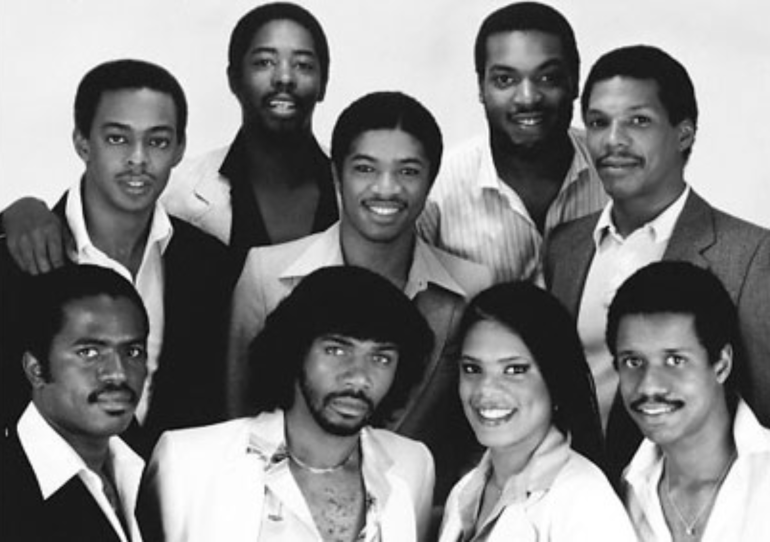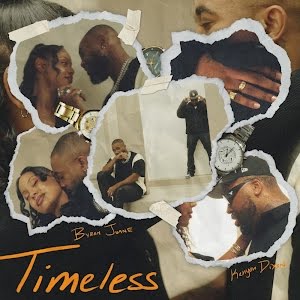
Soul

Soul music is a genre that originated in the United States in the late 1950s and early 1960s, rooted in African-American gospel, rhythm and blues (R&B), and jazz traditions. Known for its emotional depth, powerful vocals, and emphasis on feeling and expression, soul music became one of the most influential genres of the 20th century. It has a unique ability to convey raw human emotions, especially love, pain, joy, and spirituality.
Here are the key characteristics of soul music:
1. Emotional and Expressive Vocals:
Powerful Delivery: Soul music is known for its strong, emotive vocals. Singers often use techniques like melisma (stretching a single syllable across several notes) to add depth and intensity to their performances.
Gospel Influence: Many soul artists began their careers singing in church, and their vocals reflect gospel’s spiritual fervor. This connection to gospel gives soul music its signature emotional intensity, often making the singer’s voice the centerpiece of the song.
Call and Response: A common technique borrowed from gospel music, where the lead singer “calls” a line and backing vocalists or instruments “respond,” creating a dynamic interaction in the music.
2. Themes and Lyrics:
Love and Heartbreak: Soul music often explores themes of love, relationships, and the emotional ups and downs that come with them. Whether it’s the joy of love or the pain of heartache, these themes are central to the genre.
Struggle and Empowerment: Many soul songs also address themes of personal or collective struggle, resilience, and empowerment, particularly in the context of the African-American experience. This was especially important during the Civil Rights Movement of the 1960s, where soul music became a voice of resistance and hope.
Spirituality: With its roots in gospel music, soul often touches on spiritual themes, reflecting a deep connection to faith and the search for meaning.
3. Rhythmic and Melodic Elements:
Groovy Rhythms: Soul music is driven by strong rhythms, often with an upbeat, danceable feel. The rhythms are usually syncopated and accompanied by a tight groove created by the drums and bass.
Melodic Basslines: The bass is an essential part of soul music, providing rich, melodic lines that complement the vocals. In many classic soul songs, the bassline is just as memorable as the vocal melody.
Bluesy Melodies: The melodic structure of soul often incorporates blues scales and phrasing, adding a sense of longing and emotional complexity to the mu














